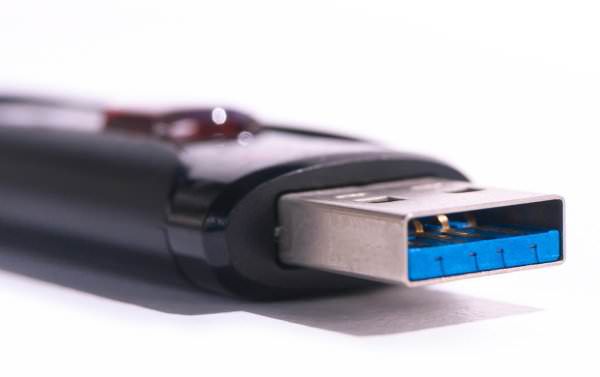
It’s easy to forget that USB 3.0 is already almost a decade old. Innovative technical goodies are great for the consumer, but they can often get confusing. Let’s break them down.
Real Quick…
Note that these names do not indicate connector types or power source. These names explain the transfer rate (speed), so you must still be aware of what type of connector you need for your devices.
USB 3.0
This may be your first USB cable, ever. It’s also called SuperSpeed USB. Released in 2008, it upped the previous standard for transfer speeds by a factor of ten from the old USB 2.0 (480 MB/second to 5 GB/second). You can tell the difference between 2.0 and 3.0 by the conspicuous blue interior of the port. A few years ago, USB 3.0 was updated and renamed USB 3.1 Gen 1.
USB 3.1
Previously known as USB 3.0, USB 3.1 Gen 1 essentially encompasses all the traits of 3.0. In fact, usb.org considers 3.0 and 3.1 Gen 1 to be “synonymous.” USB 3.1 Gen 2 (released in 2013) however has a whopping speed of 10 GB/second. It replaced previous models as the industry standard.
What it Means for You
You don’t need to replace all your USB ports or change up your cables. Newer generations of USB are still backwards compatible with previous ones! You won’t be able to hit the speeds you would get with matching ports, but it will do the job. However, to reach promised speeds you should use matching cables to matching ports.
On the Horizon
This year a press release announced a new upgrade to USB, called USB 3.2, which promises to double the bandwidth and speeds up to 20 gigabits per second. This will also result in an upgrade to previous USB 3.1 Gen 1 and 2.
